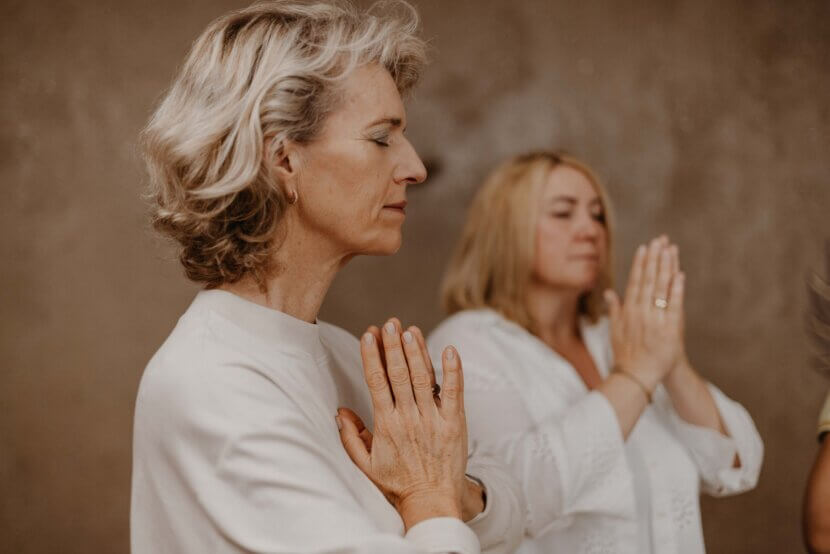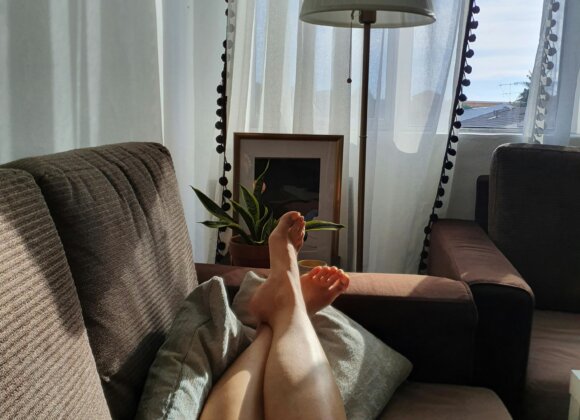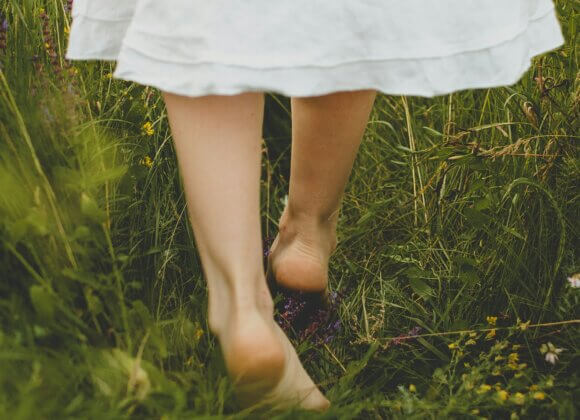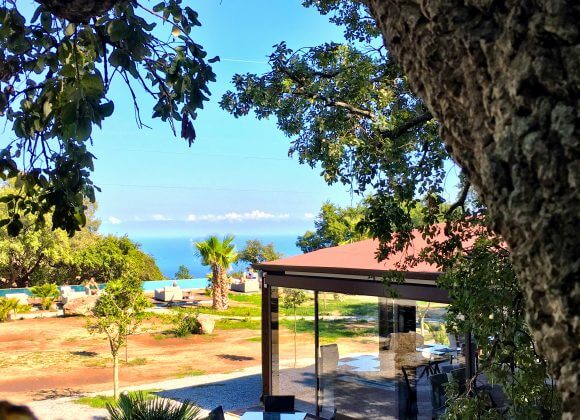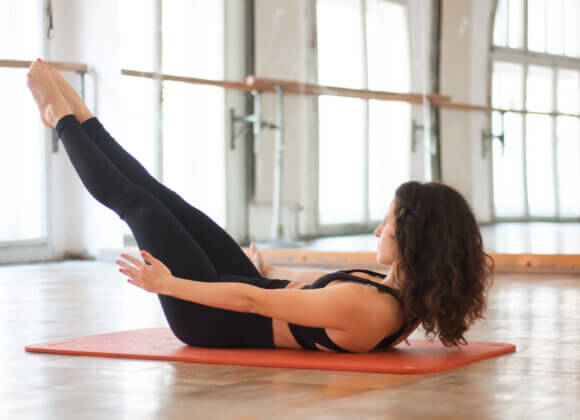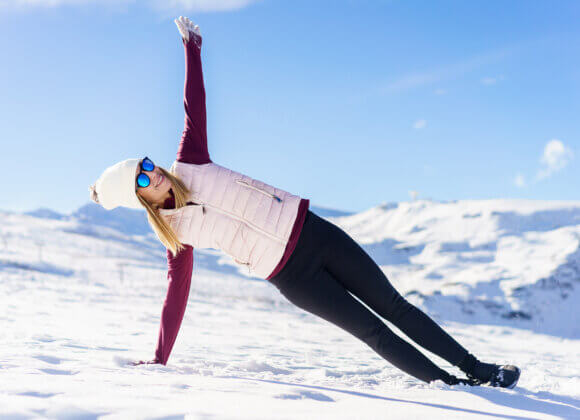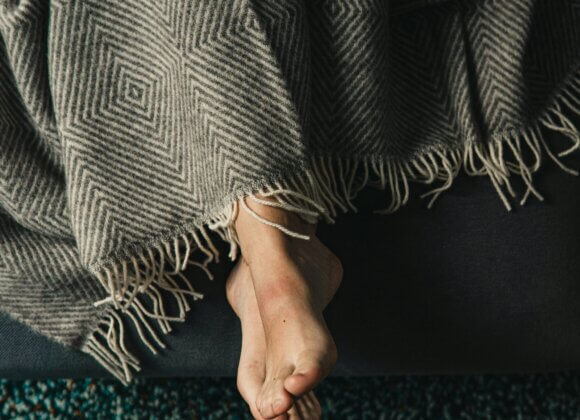In today’s hectic everyday life, it is becoming increasingly difficult to find peace and quiet. Mindfulness and conscious relaxation are more important than ever. How can you integrate these two pillars at home and which simple exercises help you to find yourself again? Elisabeth Naschberger-Mauracher, owner of the European Ayurveda Resort Sonnhof in Hinterthiersee, Tyrol, shows how to bring relaxation into everyday life with simple means. Her multi-award-winning hotel in the heart of the Tyrolean Alps combines the principles of Ayurveda with a European lifestyle and offers its guests not only a retreat, but also practical help for everyday life.
Ms. Naschberger-Mauracher, what does mindfulness mean to you and why is it so important in everyday life?
The world is becoming increasingly complex, we live in a constant multitasking mode. This is precisely why it is so important to integrate mindfulness into our everyday lives. Mindfulness means consciously living in the here and now – not ruminating on the past or thinking about the future. It’s about being aware of how you are feeling and what you are thinking and not judging. This is not always easy, as we tend to get lost in to-do lists or whirlwinds of thoughts. Techniques such as meditation, yoga or breathing exercises are helpful here. My personal advice: do one thing at a time. According to the motto: If you eat, then eat. If you walk, then walk – and focus on the moment.
What are the benefits of meditation compared to other relaxation techniques, especially when practiced at home?
Meditation is simple – all it takes is you and your breath. That’s what makes it so flexible and accessible. In silence, we can come closer to ourselves, discover creativity and new ideas. Many of us like to distract ourselves – with media, series, alcohol or other things. But what happens when we withdraw from these distractions? Meditation gives us the opportunity to meet ourselves. It is particularly effective when we combine it with movement, mantras or nature, such as walking meditation or conscious breathing in nature.
Which breathing exercises do you recommend for beginners?
A good exercise is alternate breathing, known as Nadi Shodhana: this involves alternately holding the right and left nostril closed. Women can also breathe only through the left nostril, men only through the right – this strengthens the respective energy. Another exercise is the 4-7-8 technique: you breathe in for four seconds, hold your breath for seven seconds and breathe out for eight seconds. This technique calms the nervous system and is perfect for beginners.
How do you manage to make time for mindfulness despite a hectic everyday life?
The best way to do this is to establish fixed routines. I recommend starting the day with 10-15 minutes of mindfulness – be it with breathing exercises, meditation, stretching or small energy exercises. In the evening, it helps to consciously end the day: Writing down thoughts, practicing gratitude or consciously breathing deeply before going to bed. This reduces stress and improves sleep.
Are there any techniques that you recommend specifically for starting the day?
In the morning, rituals such as yoga, qigong or a walk in nature are particularly effective. It also helps to visualize the day in a positive way – how do I want to feel? What do I want to achieve? It is important not only to think, but also to feel in order to tune the body.
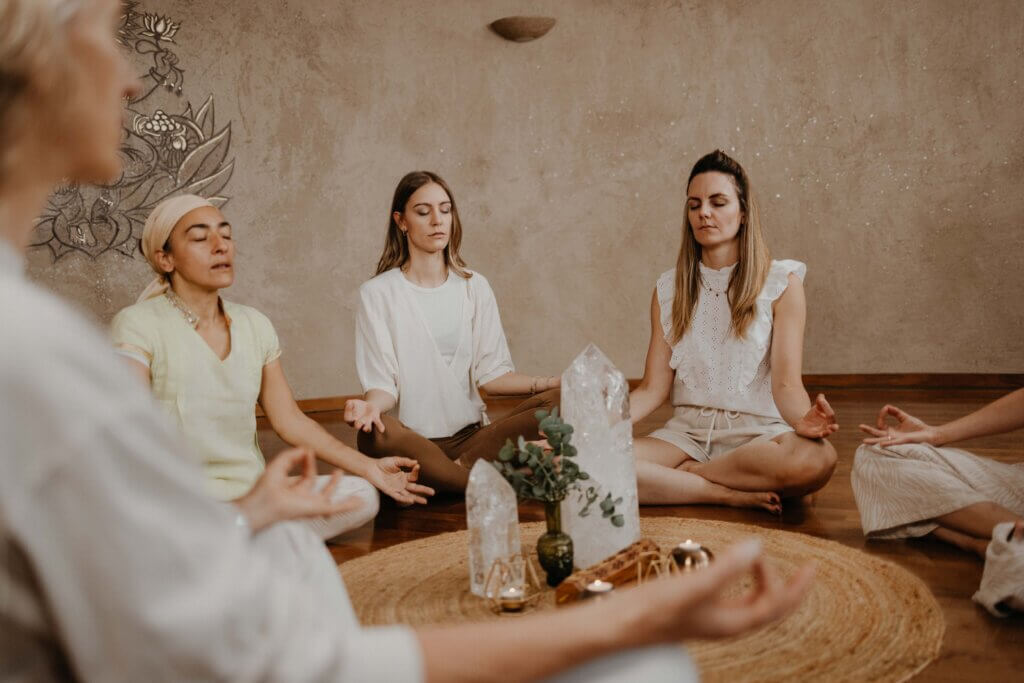
How long should you meditate to feel the effect? Is a few minutes enough?
Absolutely, just five minutes a day can make a big difference. For beginners, it is important to start small and practise regularly. Over time, you can increase the duration to 20 to 30 minutes.
How important is the environment for meditation?
The environment plays a role, but it shouldn’t be an excuse. Meditation works anywhere – even on the subway. At home, you can arrange the room so that you feel comfortable, for example with calm colors, candles or music. But ultimately it’s about turning your senses inwards, no matter where you are.
Many people find it difficult to calm their thoughts during meditation. What is your advice?
It is quite normal for thoughts to arise. The important thing is to let them go – like clouds in the sky. Breathing exercises, mantras or focusing on a flame can help with this. Visualize yourself releasing all disturbing thoughts into the flame.
How can mindfulness be integrated into everyday life?
Breathing exercises are wonderful for everyday life – for example in the office, on the toilet or while cooking. If you are feeling stressed, retreat to a quiet room and consciously breathe in and out. Circle your shoulders, feel your body and gently tap it – this helps to let go of stress. The EFT technique (Emotional Freedom Technique) is also helpful: you tap certain points on your body and express your feelings. Or be creative – dancing or singing can also have a liberating effect. And yes, sometimes it also helps to simply shout out loud in the car to release the pressure.
Do you have special breathing exercises for stressful situations?
Yes, many of the exercises mentioned are also helpful in stressful moments. For example, breathe in for four seconds, hold your breath for four seconds and breathe out for four seconds – this technique helps to calm the body and reduce stress.

Elisabeth Naschberger-Mauracher is the founder and owner of the “European Ayurveda Resort Sonnhof”, which specializes in Indian teachings according to European standards. In addition to meditation, yoga and the like, the resort is known for its medical expertise in the areas of longevity, detox cures, etc.
Photos: European Ayurveda Resort Sonnhof and European Ayurveda Resort Sonnhof/C. Black
*The links marked with an asterisk (“*”) are affiliate links. If you buy a product via these links, we will receive a commission. Of course, this does not change the price for you.
Related posts:
Me Time: The best beauty tools for at home


